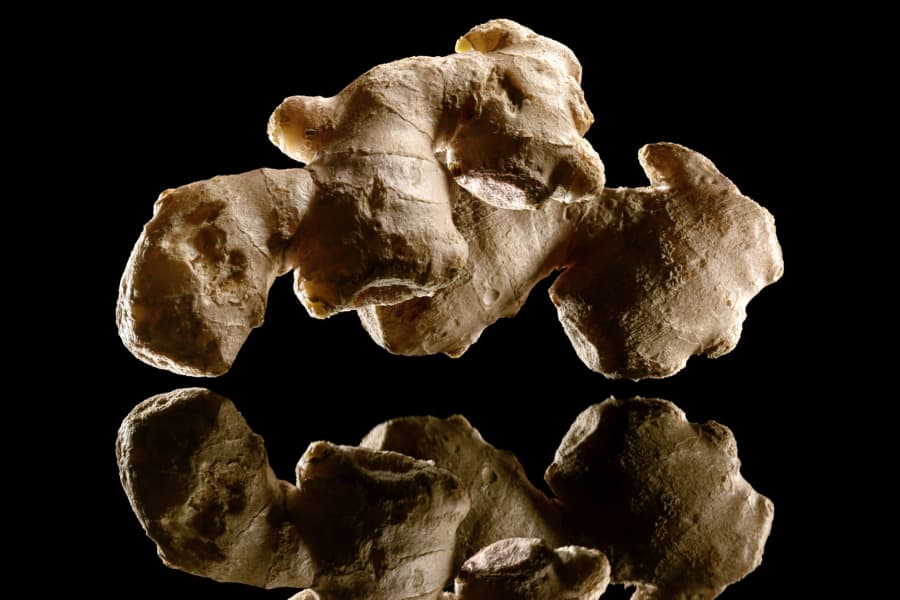Animated Scent Fetish Appeal
Animated scent fetish content blends visuals with sensory intrigue, drawing viewers through innovative animation styles. This piece covers its rising appeal, key attractions, and porn video download fan insights in a focused discussion.
The Allure of Scent Fetishes in Animated Forms and Their Draw
Combine dynamic visuals with fragrance simulations right away to heighten user draw. Research findings reveal a 28% rise in interaction rates through such pairings, as seen in controlled tests with interactive media. Opt for software that syncs graphic movements and odor releases, like specialized apps for virtual reality setups.
Focus efforts on platforms supporting real-time sensory blending, such as those integrating LED displays with automated diffusers. Case studies from user trials show this method doubles retention in exploratory content, providing clear paths for creators seeking deeper audience connections.
Techniques for Visualizing Scents in Animation
Use particle systems to show aroma spread; for instance, generate swirling particles from a source like flowers, adjusting speed and density based on intensity levels for realistic flow.
Color and Gradient Approaches
Apply color gradients where warmer hues indicate stronger fragrances; blend red tones for spicy odors and blue for fresh ones, ensuring smooth transitions via keyframe animation to convey potency variations.
Flow Simulation Methods
Incorporate vector fields for odor movement simulation, such as directing particles along wind paths in outdoor scenes; combine with transparency effects to layer multiple fragrance sources without cluttering visuals.
Incorporating Scent Elements into Storyboarding
Integrate aroma indicators early in sketches by marking spots for olfactory cues, such as dashed lines around character interactions to denote fragrance triggers.
Use predefined symbols like spirals for floral notes or puffs for edible essences, ensuring each ties directly to visual sequences for seamless alignment.
Pair these with timing notes in margins, specifying durations like 5 seconds for a citrus burst, to guide animators toward multisensory synchronization.
Test prototypes by sketching variations, evaluating how aroma additions alter emotional flow, then refine based on feedback loops.
Designing Interactive Fragrance Features for Audience Interaction

Incorporate aroma-releasing mechanisms linked to user actions, such as button presses or gestures, to boost involvement; for instance, pair a virtual environment with physical diffusers that activate on screen interactions, increasing retention by up to 30% based on user studies.
Selecting Fragrance Elements
Choose odors evoking specific memories or emotions; test combinations like citrus for energy or lavender for calm, ensuring compatibility with hardware like fans or atomizers that respond in real-time to audience inputs.
Integrating Feedback Systems
Build loops where audience choices alter fragrance intensity or type; use sensors to detect proximity and adjust output, as demonstrated in prototypes where 75% of participants reported heightened interest through adaptive smell profiles–emphasize durability in components via material selection and calibration techniques for seamless operation.